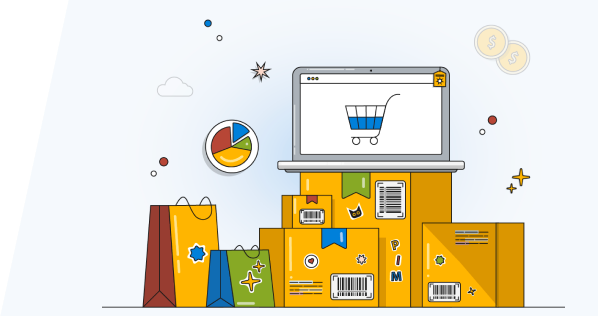Blog » Examples of Multichannel Marketing Done Right: 5 Campaigns to Watch in 2025
Examples of Multichannel Marketing Done Right: 5 Campaigns to Watch in 2025
Author name: Bradley Taylor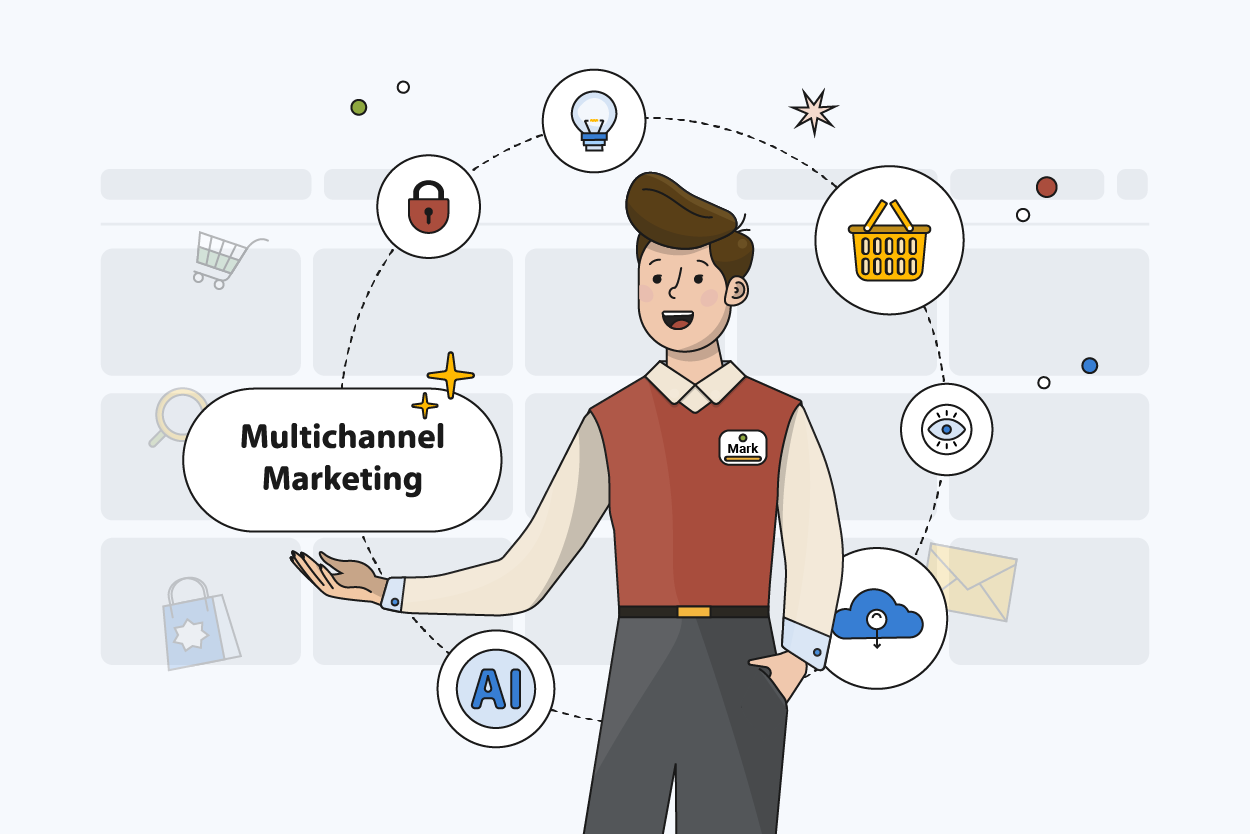
Marketing is constantly evolving, and in 2025, the brands getting it right are the ones showing up where their customers are, consistently and clearly. That kind of coordinated presence across multiple touchpoints is what defines effective multichannel marketing.
In this post, you’ll get a clear definition of multichannel marketing, a look at why it matters, and how the right tools, like a product information management (PIM) system, make it scalable. We’ll also share real-world examples from brands using multichannel strategies to connect with customers and drive results.
What Are Multichannel Marketing Campaigns?
Multichannel marketing campaigns are marketing initiatives that span numerous channels, be they websites, social media, email marketing, physical stores, mobile apps, or others. The main difference between single-channel and multichannel campaigns is the integrated marketing effort.
Think of it as conducting an orchestra. Every instrument (channel) plays its unique part, but together they deliver a cohesive experience that engages customers wherever they encounter your brand.

How a PIM System Powers Multichannel Marketing Campaigns
A PIM acts as a central hub for all your product information. Instead of updating product names, images, and specs in ten different systems, you do it once in your PIM, and it pushes those updates across every channel automatically.
Multichannel marketing demands consistency, speed, and accuracy. A PIM gives you:
- Faster time to market with new campaigns
- Less manual work and fewer errors
- The ability to customize messaging by channel
- A place for marketers to collaborate with other team members
Without a PIM system or similar software, multichannel marketing becomes a logistical nightmare of spreadsheets, manual updates, and inevitable inconsistencies that damage customer trust and brand perception.
Why Multichannel Marketing Is Important
The path to purchase is rarely linear. Today’s customers move fluidly across channels, reading reviews, checking prices, visiting physical stores, and chatting with support. Often in no particular order.
They might see a product on Instagram, explore it on your website, get retargeted with a display ad days later, and only then decide to buy. That journey could happen over hours or weeks, and it usually includes multiple revisits and reassurances before someone converts.
How many touchpoints it takes depends on the product, the price, and the customer. Low-cost or familiar items might need just a couple of exposures. High-involvement purchases like furniture or electronics often require 5–10+ touchpoints across multiple channels before trust is built.
The key is being present and consistent every step of the way, so whenever the customer is ready, your brand is right there with them. A multichannel strategy makes that possible. Here are other reasons why multichannel marketing is critical to modern commerce companies:
1. Wider Audience Reach
Your customers aren’t all in one place. Some are scrolling Instagram. Others read email newsletters. Some prefer shopping on Amazon, while others visit your store. Multichannel marketing makes sure you’re visible in all the places your target audience spends time.
2. Consistent Brand Experience
Consumers trust brands that are consistent wherever they are. Regardless of where an individual interacts with your product, be it social, your website, or your store, the message, imagery, and product information must be consistent. A good multichannel strategy keeps all of those touchpoints aligned, creating credibility along the way.
3. Improved Customer Engagement
Multiple channels lead to more opportunities for customer engagement. You can open conversations through social media comments, send offers through SMS, and nurture leads through email. The more touchpoints you offer, the greater the probability that customers will engage.
4. Higher Conversion Rates
Multichannel shoppers convert at higher rates because they've experienced your brand from multiple angles, building confidence in their purchase decisions through repeated exposure and consistent messaging.
These shoppers also tend to spend more. Data from Qualtrics shows that multichannel customers spend 4% more in physical stores and 10% more online than those who interact with a brand through just one channel.
5. Data-Driven Insights
Each touchpoint involved in a multichannel marketing strategy provides its own data. When you market on many channels, you get a better picture of what your audience wants and how they behave. This helps you improve future campaigns and create personalized experiences.
Top 5 Examples of Multichannel Marketing Campaigns
In 2025, top brands are putting advanced multichannel marketing initiatives into practice, as demonstrated by the following examples:
1. Walmart
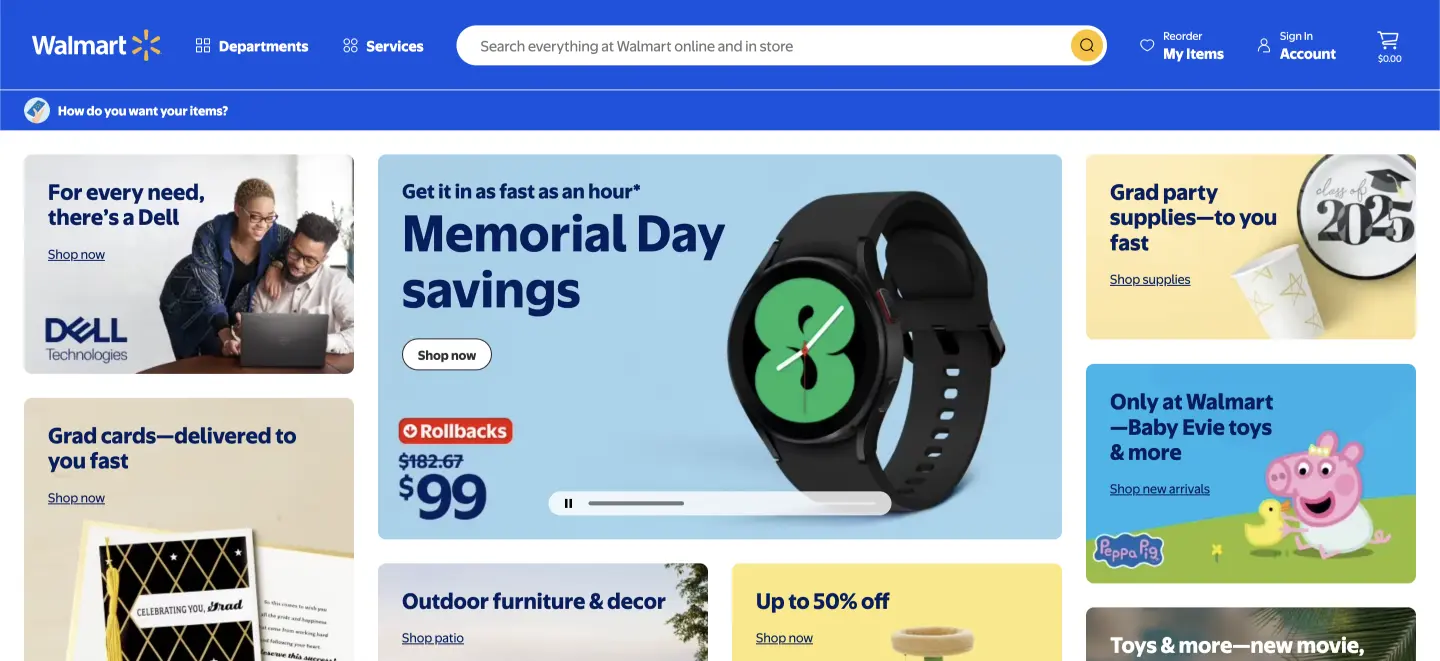
Walmart’s marketing strategy connects its digital and physical channels to support a unified brand experience. Shoppers often start online, scrolling through the app or browsing the website, and pick up where they left off in-store. Marketing touchpoints like QR codes on packaging lead to helpful product pages with reviews and related items.
The app guides users through store aisles, reinforcing digital engagement even during in-person visits. Everything works together to keep the brand message clear and consistent, no matter how customers choose to interact.
What to Take from Walmart’s Multichannel Marketing Strategy
Walmart removes barriers between online and offline experiences. Their unified approach ensures product data stays accurate everywhere, showing how multichannel marketing works best when all systems talk to each other.
2. Nike

Nike connects its membership program, mobile app, stores, and social media to create a personalized fitness and shopping ecosystem. The Nike App recommends products based on workouts and past purchases. Social media highlights real users, while in-store services offer tailored fitting sessions. Connected products feed usage data back into the cycle.
What to Take from Nike’s Multichannel Marketing Strategy
Nike uses customer data to drive personalization across every channel. Their strategy highlights the value of linking product content with individual needs to enhance the customer journey.
3. Starbucks

Starbucks blends digital tools with in-store engagement. Customers can order through the mobile app with pickup timing updates, receive personalized drink suggestions, and take part in social media campaigns. In-store displays feature local content, and subscription options extend the experience into customers' homes.
What to Take from Starbucks’ Multichannel Marketing Strategy
Starbucks maintains its identity across all platforms while adapting to each one’s strengths. Their strategy shows how thoughtful use of data and community input can enrich both digital and physical experiences.
4. IKEA
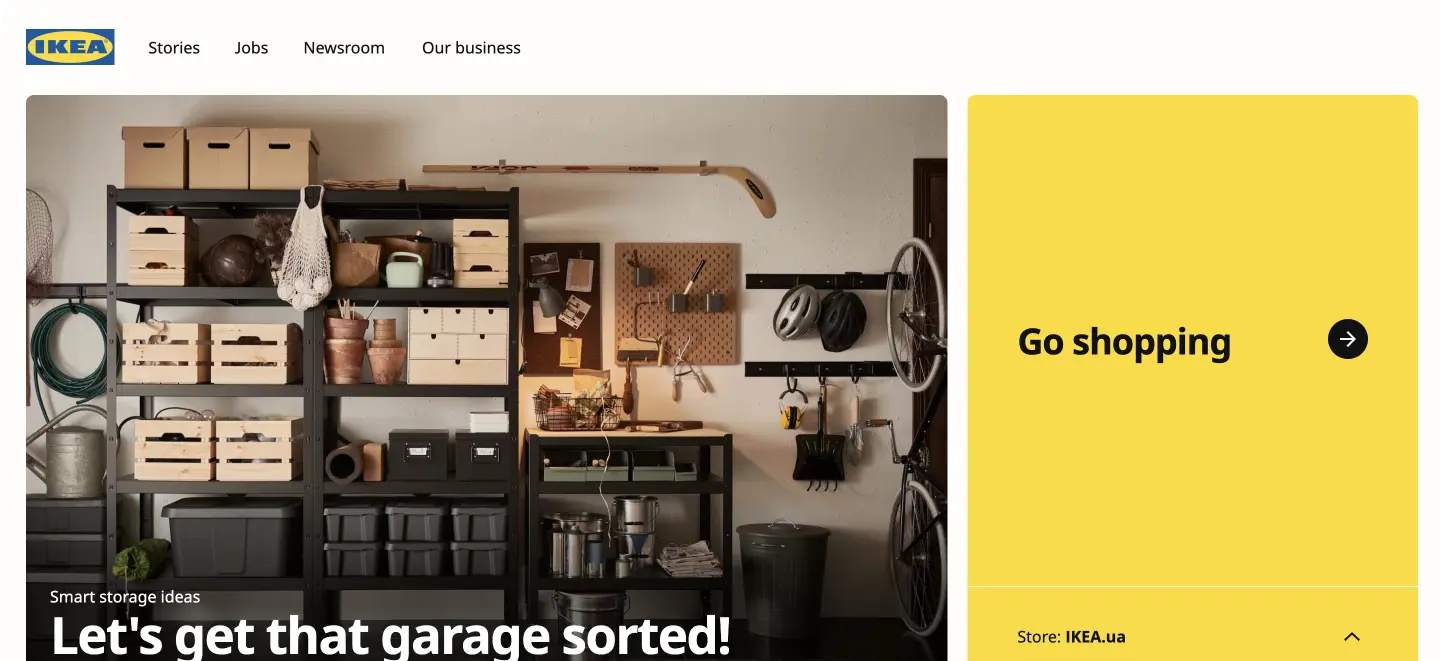
IKEA ties inspiration, purchase, and post-purchase together with tools like an augmented reality app, interactive catalogs, and smart home integrations. Physical stores act as experience centers, while social media showcases customer homes. Digital content continues after purchase, helping users get the most from their furniture.
What to Take from IKEA’s Multichannel Marketing Strategy
IKEA adapts product content for each stage of the customer journey. From technical specs online to lifestyle storytelling on social, they show how multichannel campaigns must meet different needs in different places.
5. Sephora
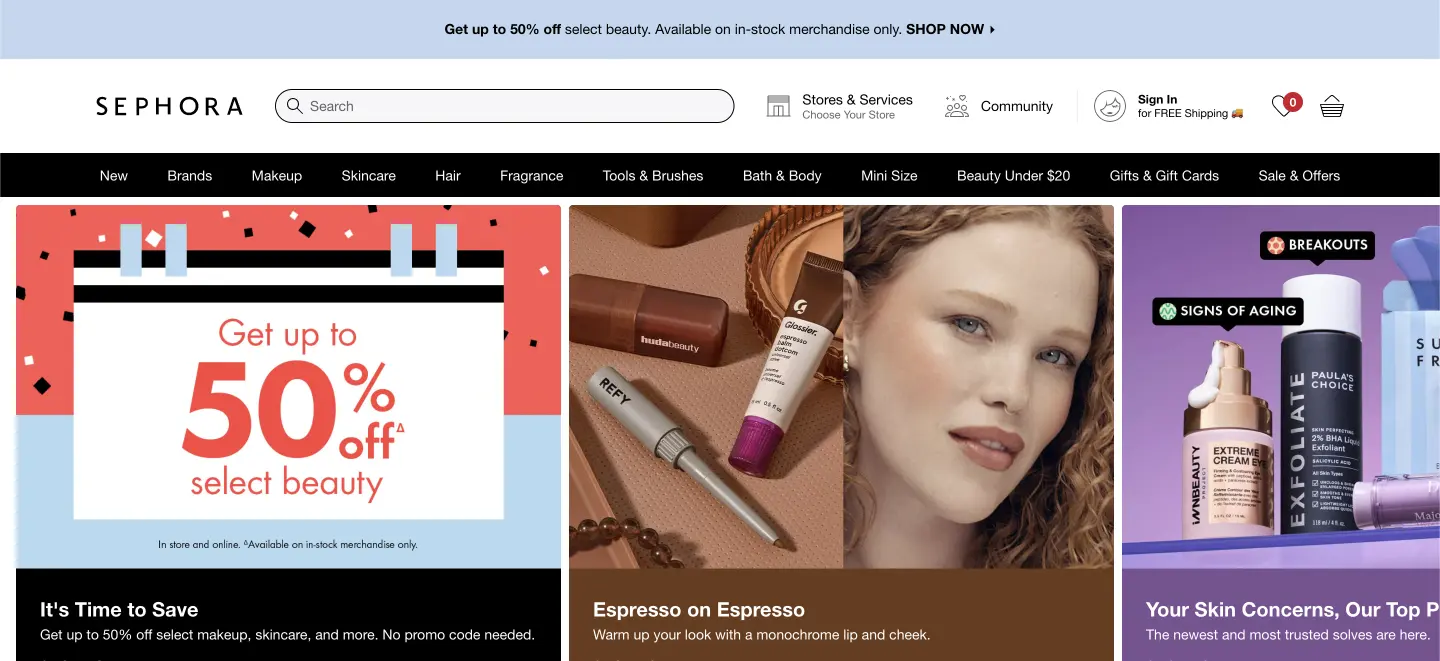
Sephora combines in-store tech, digital tools, and community features to personalize beauty shopping. Digital mirrors help customers try products and save looks. Their app offers skin analysis and regimen suggestions, while loyalty programs track preferences. Livestream events add an interactive layer to product discovery and purchase.
What to Take from Sephora’s Multichannel Marketing Strategy
Sephora translates complex product details into unique experiences across all platforms. Their approach underscores the importance of detailed, adaptable product data to support context-aware content across channels.
Multichannel Marketing and PIMinto: A Perfect Match for 2025
If you want to launch successful multichannel campaigns like the ones above, you need clean, consistent, and updated product information across every channel. PIMinto gives you that and more with tools built to speed up execution and support every touchpoint.
PIMinto helps brands:
- Send accurate data to all sales and marketing channels
- Reduce time spent updating multiple platforms
- Launch campaigns faster
- Organize and distribute creative assets with built-in DAM tools
- Share up-to-date content through brand portals
PIMinto is the kind of software that supports agencies, vendors, and brands that are serious about their integrated marketing efforts. Whether you're managing hundreds of SKUs or expanding to new platforms in 2025, PIMinto gives you the foundation to scale without breaking a sweat.
Frequently Asked Questions
Modified on: 05/23/2025
